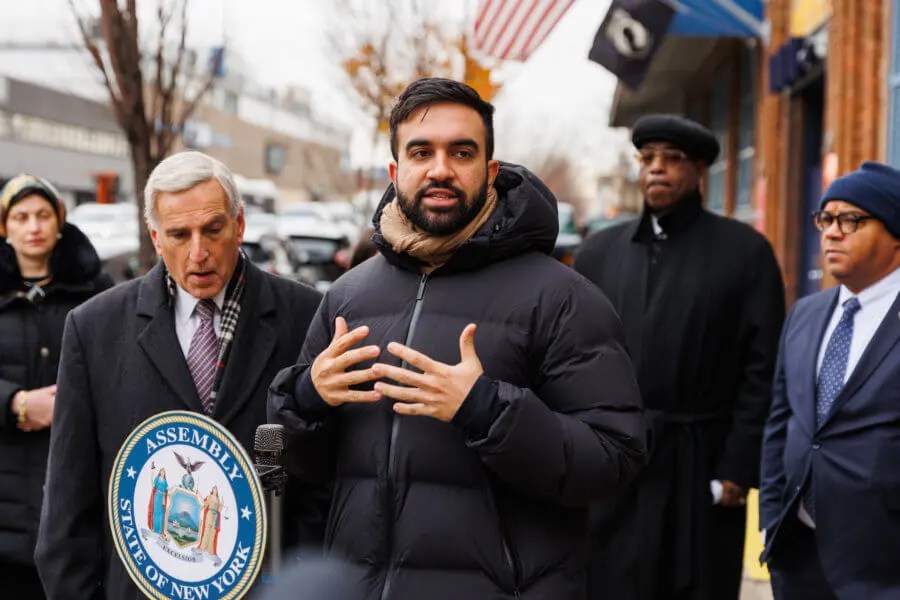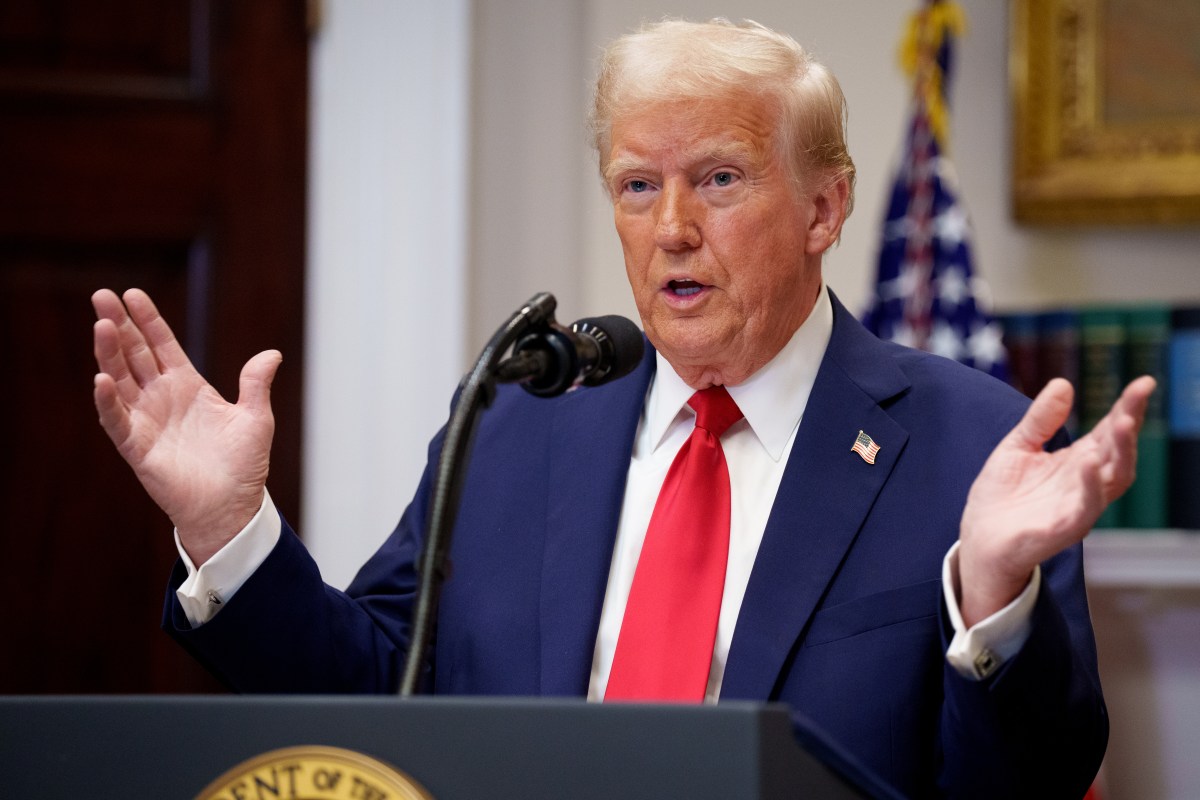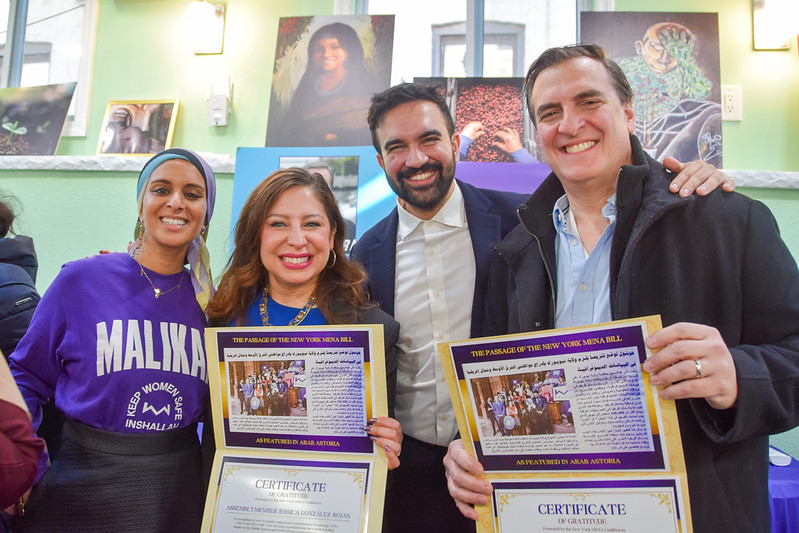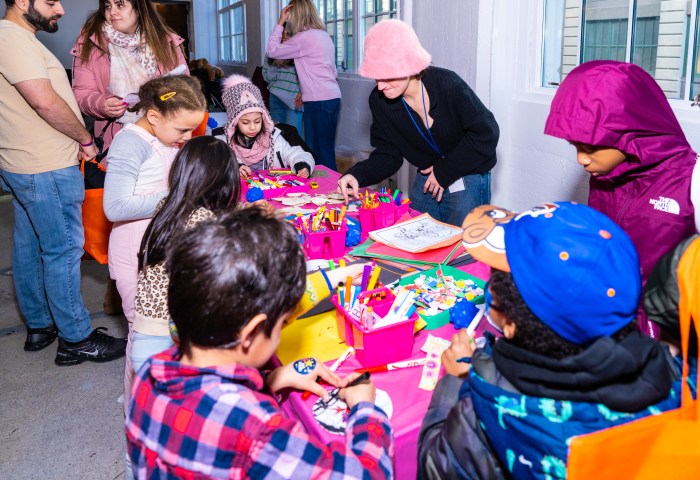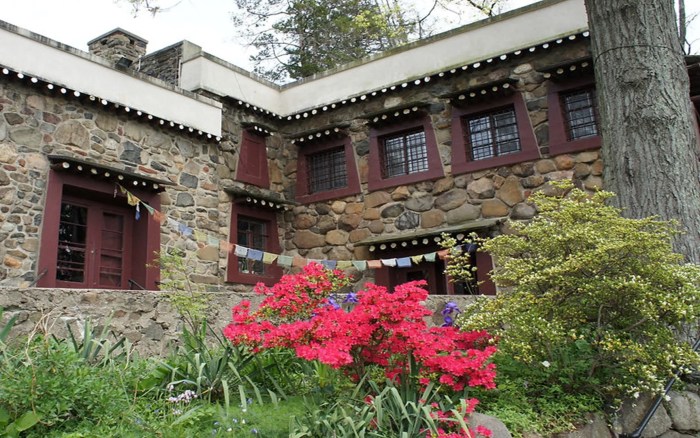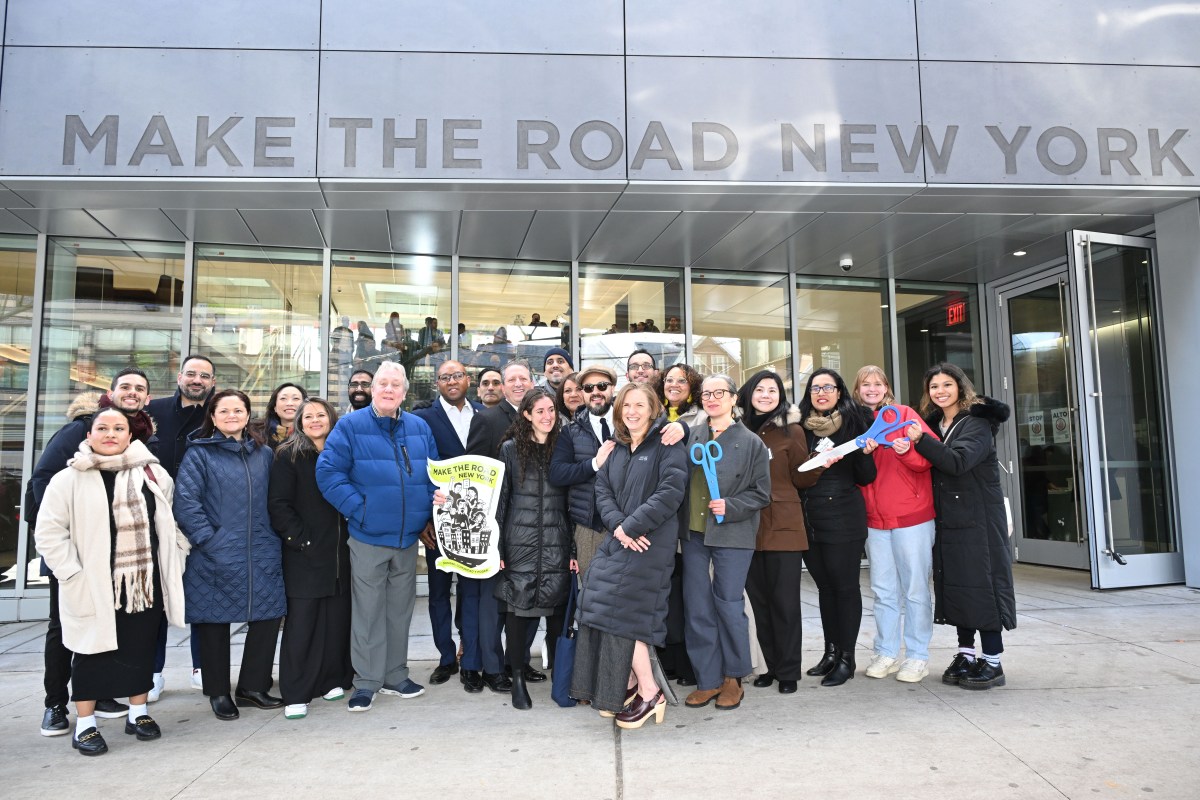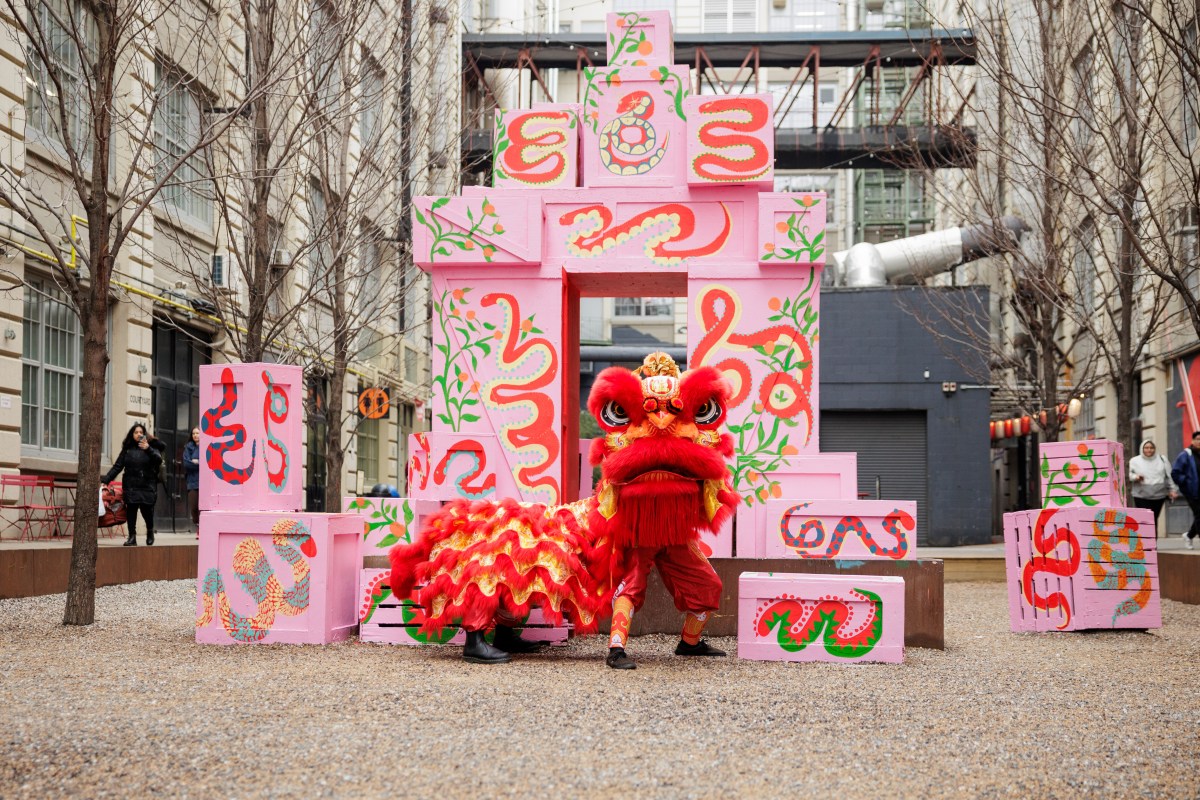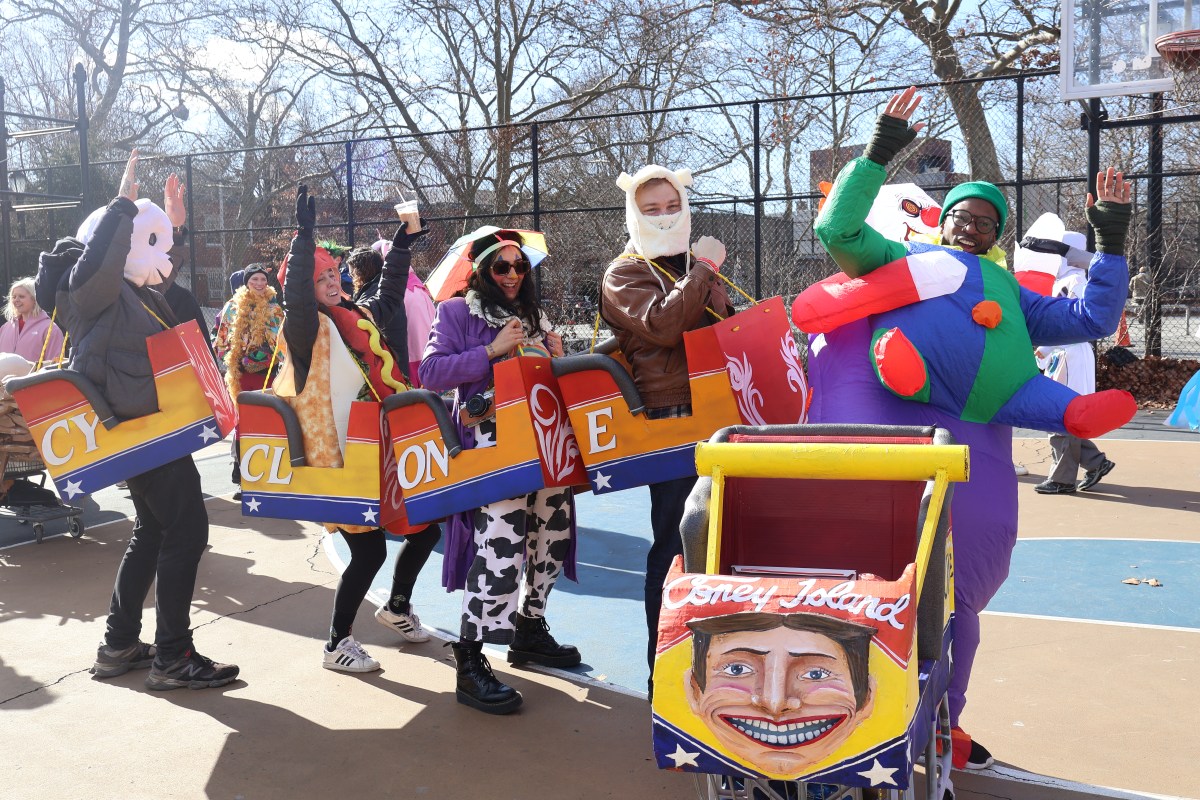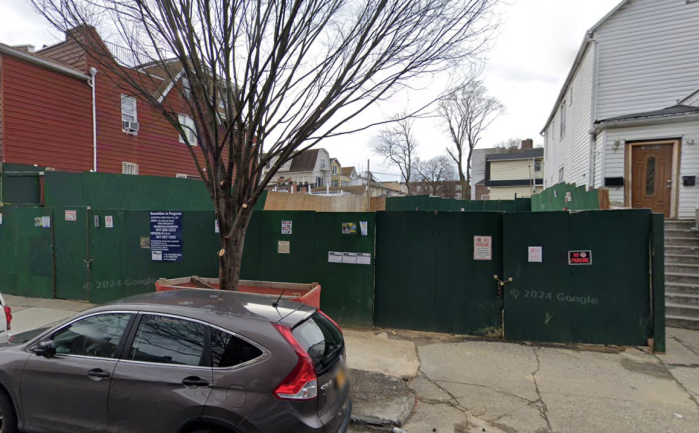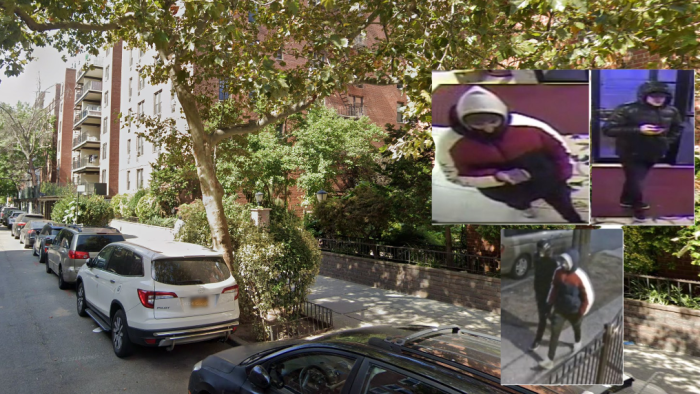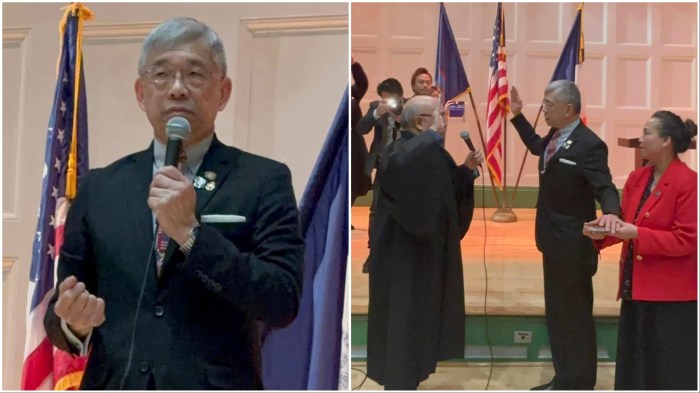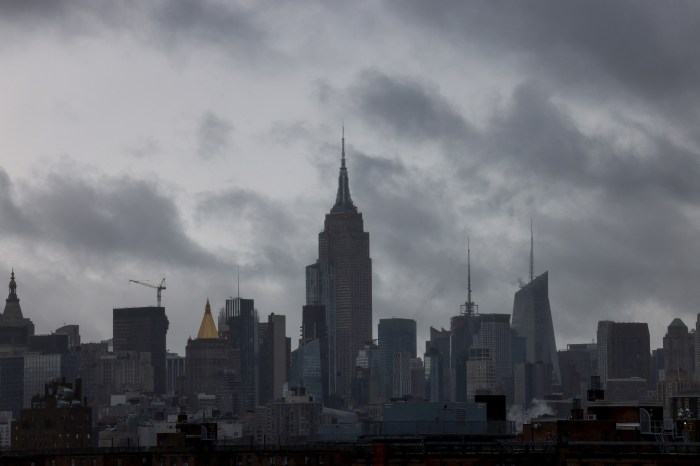Queens Assembly Member Zohran Mamdani, a Democratic socialist who is running for mayor, proposed an ambitious plan on Monday to build 200,000 new “affordable” homes over the next decade financed directly by the city, amNewYork Metro has learned.
Mamdani’s multifaceted housing plan, which his campaign shared exclusively with amNewYork Metro ahead of its Feb. 3 release, involves the city taking the lead on paying for new housing production rather than private developers. It builds on Mamdani’s marquee housing proposal, which he rolled out when he announced his candidacy last fall: Freezing the rent for all stabilized tenants.
“What we’re going to do is construct 200,000 new permanently affordable, union-built, rent-stabilized homes over the next ten years, tripling the amount of housing that New York City is currently set to build with our own capital dollars,” Mamdani said in an interview. “This vision puts the public sector first and commits city government to delivering measurable outcomes as opposed to simply relying on the behavior of private developers.”
Mamdani said he would also lobby Albany lawmakers and the governor to pass legislation requiring that every new unit of housing built be rent-stabilized.
To illustrate the dire state of the city’s current housing crisis, Mamdani pointed to the over 630,000 households who applied to get a spot on the New York City Housing Authority’s Section 8 voucher waitlist last summer. Only 200,000 of those households nabbed spots on the waitlist, which still does not guarantee them a voucher.
“That’s how broken our approach has been to the biggest crisis facing the city,” he said. “We now have the highest level of homelessness since the Great Depression. A majority of tenants are rent-burdened. The vacancy rate for apartments less than $2,400 a month is below 1%, basically 0% for those under $1,100 a month.”
Mamdani’s bold plan proposes the city invest $100 billion in capital funds into already existing programs within the city’s Department of Housing Preservation and Development (HPD) and Human Resources Administration (HRA) aimed at building affordable housing for those with the “greatest need.” They include HPD’s Senior Affordable Rental Apartments and Extremely Low and Low-Income Affordability programs.
The Assembly member said that while those programs are the best equipped to serve very low-income people, they are “not yet operating at their maximum capacity and not yet operating at the scale required for the level of the crisis that New Yorkers are living through.”
The plan calls for doubling the city’s capital investment in repairs for NYCHA apartments. However, the city’s decaying public housing stock requires an estimated $40 billion in capital improvement—funding the city has long waited for the federal government to provide.
Mamdani also proposed increasing funding and staffing levels for housing agencies such as HPD and NYCHA, which have gone underfunded and understaffed under Mayor Eric Adams.
The mayoral hopeful also proposed three main funding streams to pay for the massive undertaking.
First, Mamdani says he would push Albany to lift a cap on the city’s municipal bond capacity so it can secure $70 billion in municipal bonds. Those funds would come on top of the $30 billion the city has already pledged to spend on housing production, bringing its total commitment to $100 billion.
Second, he said he would leverage city-owned land and buildings for new housing construction — similar to a proposal from former Comptroller Scott Stringer’s campaign.
Lastly, Mamdani said he would utilize a process known as “pooling” to combine housing vouchers for very low-income or homeless New Yorkers, which they have not been able to use, in order to fund new housing development. He added he would also end the Adams administration’s legal challenge to a City Council law greatly expanding eligibility for housing vouchers under a program known as CityFHEPS.
“What this proposal would do is take that money and use it as guaranteed income for the development of these kinds of units,” he said. “Because we would know that not only would this one unit be generating more than $3,000 in monthly rent, but that that money has already been allocated, and it is simply not being used at this time.”
Mamdani is hardly the only mayoral candidate floating ambitious proposals to tackle the city’s housing crisis.
Brooklyn State Sen. Zellnor Myrie released a plan late last year to build 700,000 new units over a decade and preserve another 300,000. Stringer rolled out a multi-pronged proposal last month he says would produce 20,000 new affordable units over five years by utilizing city-owned land and buildings.
Adams has made housing one of the focal points of his first term, establishing a “moonshot goal” of building 500,000 homes over 10 years. His biggest step toward that goal so far was passing a massive zoning overhaul dubbed the City of Yes for Housing Affordability, which is projected to generate 82,000 units over the next 15 years.
But Mamdani said the City of Yes plan did not go far enough because it included too many carve-outs for low-density neighborhoods in the outer boroughs. He vowed to implement zoning changes that would fill in the gaps of Adams’ plan.
“I believe we need to increase our zoning capacity in neighborhoods that have not historically contributed to citywide housing goals,” he said. “And I think there were a number of places across the five boroughs that were cut out of that increase in zoning capacity and that were given exceptions. I think that there is still far more to be done.”



